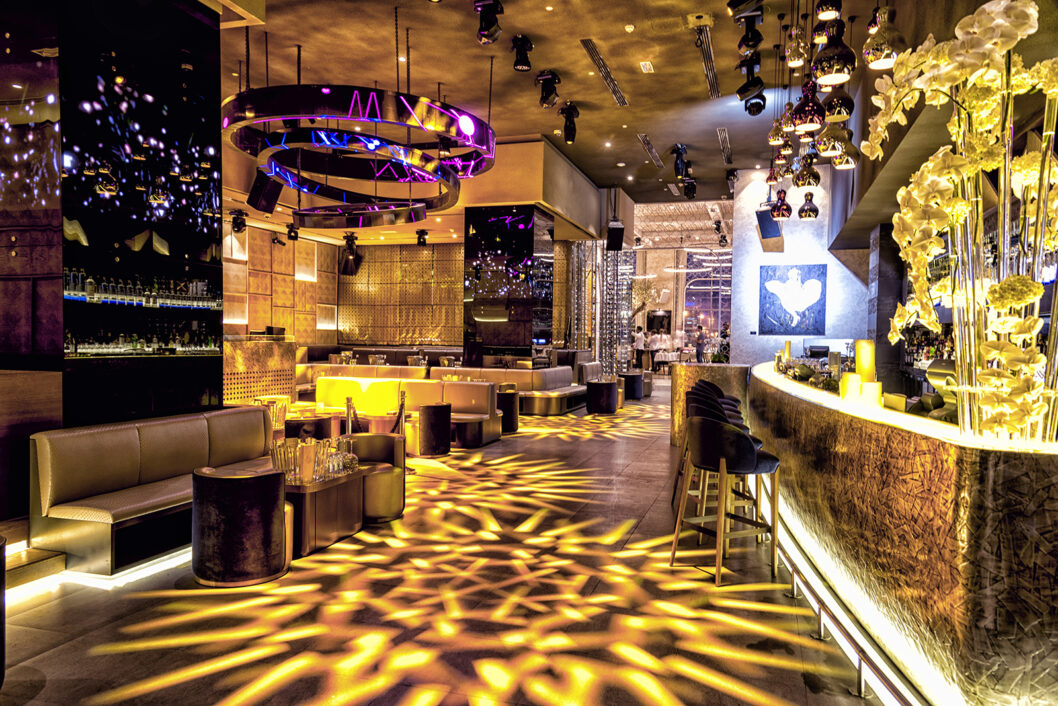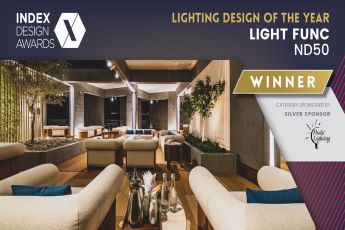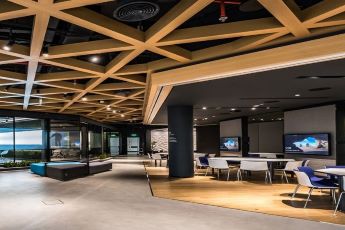Lighting Design is not just about illuminating a space but it has a profound effect on our mood, health, and well-being. Companies and homeowners are now realising the power of lighting when it comes to creating an environment that is more productive, comfortable, and visually appealing. In this blog post, we will explore the different ways lighting can be used to transform a space and renew the environment through light. We will take a closer look at public realm lighting, hospitality lighting, experiential lighting, cultural lighting, and residential lighting.
Public Realm Lighting – How it Illuminates Spaces and Affects the Quality of Life
Public realm lighting is an essential element in urban design as it illuminates public spaces, streets, and highways. The quality of public realm lighting can affect the way people feel about these spaces, and ultimately impact their quality of life. Properly designed public realm lighting can enhance the beauty of urban spaces, promote social interaction, and improve safety for pedestrians and drivers alike. As a lighting design consultant based in the Middle East and East Africa, we know the importance of public realm lighting. Our approach balances aesthetics and technical soundness all while taking into consideration the human-centric factor as this increases productivity and inspires.
Hospitality Lighting – How it Elevates Your Venue
Hospitality lighting is a crucial element in creating a welcoming atmosphere in restaurants, hotels, and other businesses in the hospitality industry. A well-thought-out lighting scheme can highlight key features, create a sense of intimacy, and make customers feel more comfortable in their surroundings. Hotels, in particular, can use lighting to enhance the guest experience by using lighting to set the mood, create a calming effect, or add drama to the space. At Light. Func we have worked on many hospitality lighting projects, and our knowledge of lighting design and human behaviour has helped create successful projects which promote a sense of well-being and satisfaction.
Experiential Lighting – How it Creates an Engaging Visual Experience
Experiential lighting is a form of lighting that goes beyond illumination, creating an immersive experience for viewers. It is commonly used in concerts, exhibitions, and themed environments to create a memorable and impactful experience. Experiential lighting is used to create dynamic visuals, colours, shapes, and effects that can be programmed to create an interactive element. Light. Func has worked on various experiential projects and combines our technical expertise with innovative ideas to produce captivating lighting experiences.
Cultural Lighting – How it Highlights Key Events and Monumental Structures
Cultural lighting is used to highlight the significance of cultural and historical landmarks and also to enhance their beauty. A significant part of cultural lighting is used to illuminate major events, festivals, and ceremonies. Proper cultural lighting can transform the experience of these events, making them more engaging and significant. At Light. Func we have extensive experience working on cultural lighting projects and have produced remarkable designs that enhance the cultural significance of landmarks.
Residential Lighting – How it Improves Living Conditions and Safety in Homes
Residential lighting is essential in creating a safe and comfortable environment in homes. Properly designed residential lighting can help reduce the risk of falls, enhance security, and improve overall well-being. Lighting can also create a beautiful home environment by highlighting key features, creating mood lighting, and adding character. Light. Func understands the importance of residential lighting and how it can be used to improve the quality of life in homes and create spaces that reflect the homeowner’s personality.
Innovative Lighting Design for Enhanced Environments
Lighting design is an essential aspect of creating a visually stimulating and comfortable environment. Different types of lighting schemes can be used to provide an improved quality of life and create a unique and engaging experience. Light. Func’s approach of researching the specific needs of each project and collaborating effectively with all disciplines involved ensures the successful realisation of lighting projects. We believe strongly in promoting our role through industry and education involvement to continually raise the bar of lighting design.
Discover the power of innovative lighting design with Light. Func. Elevate your spaces and enhance your environment today.
Tanzania
UAE
UK













